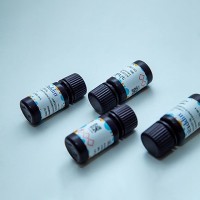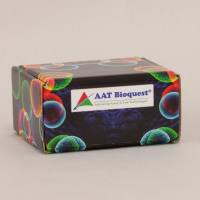Monitoring the changing levels of mRNA in cells is often used to determine if changes in protein level may relate to changes in mRNA stability or gene transcription. A commonly used technique by which this can be achieved is Northern analysis (see Chapter 29 ), or for low levels of mRNA, reverse transcriptase-polymerase chain reaction (RT-PCR) assay (see Chapter 31 ). In both cases, sensitive detection methods still rely on use of labeled probes. Whereas oligonucleotides have widely been used as probes, their short length and variable GC:AT content contributes to difficulties in consistently achieving sensitivity without high background. Many other improved methods of generating larger probes have been developed over the years, but they can generally be described as three types, namely double-stranded DNA (dsDNA) generated by random primed or symmetric PCR methods, riboprobes by RNA polymerase generation of antisense copy from target cDNA, and, more recently, antisense single-stranded DNA (ssDNA) synthesis by unidirectional or asymmetric PCR. The most commonly used approach is a technique called random priming (1 ,2 ), which uses random hexomers or nanomers to prime abundant quantities of purified template to extend into short complementary copies. The advantage is flexibility, since any template can be used without knowledge of sequence, and kits are readily available. However a limitation of random priming is that product formed is both sense and antisense, so setting up competition between the target membrane and sense products for antisense probe, and this is exacerbated still further by the yield being less than the starting template.






